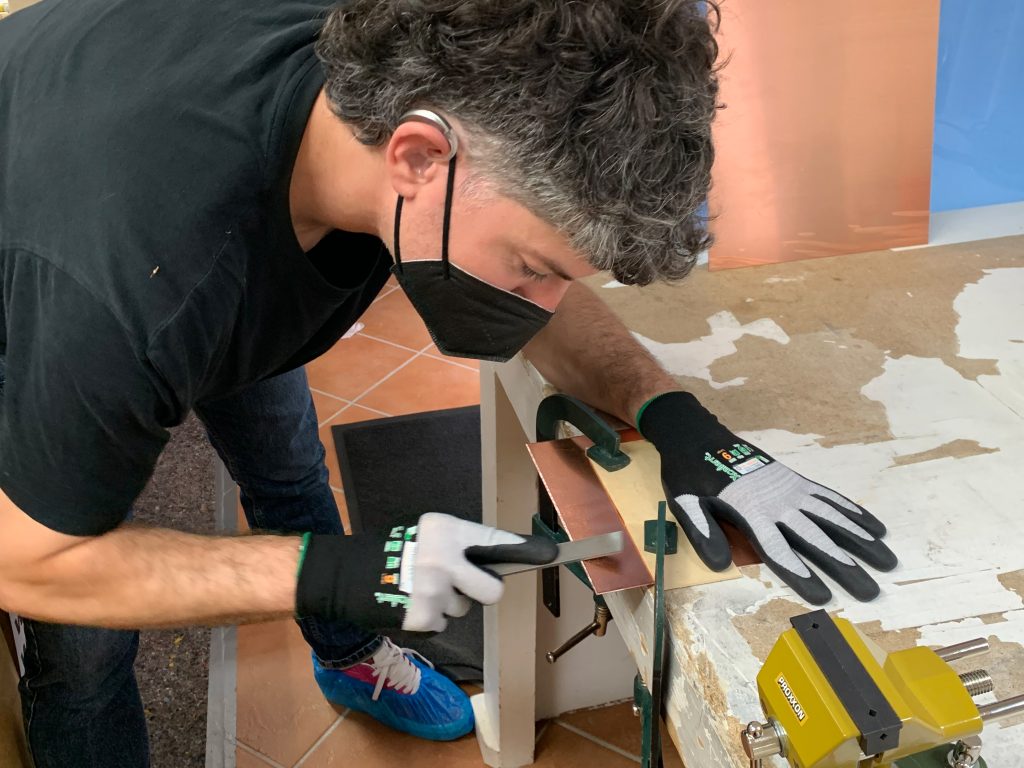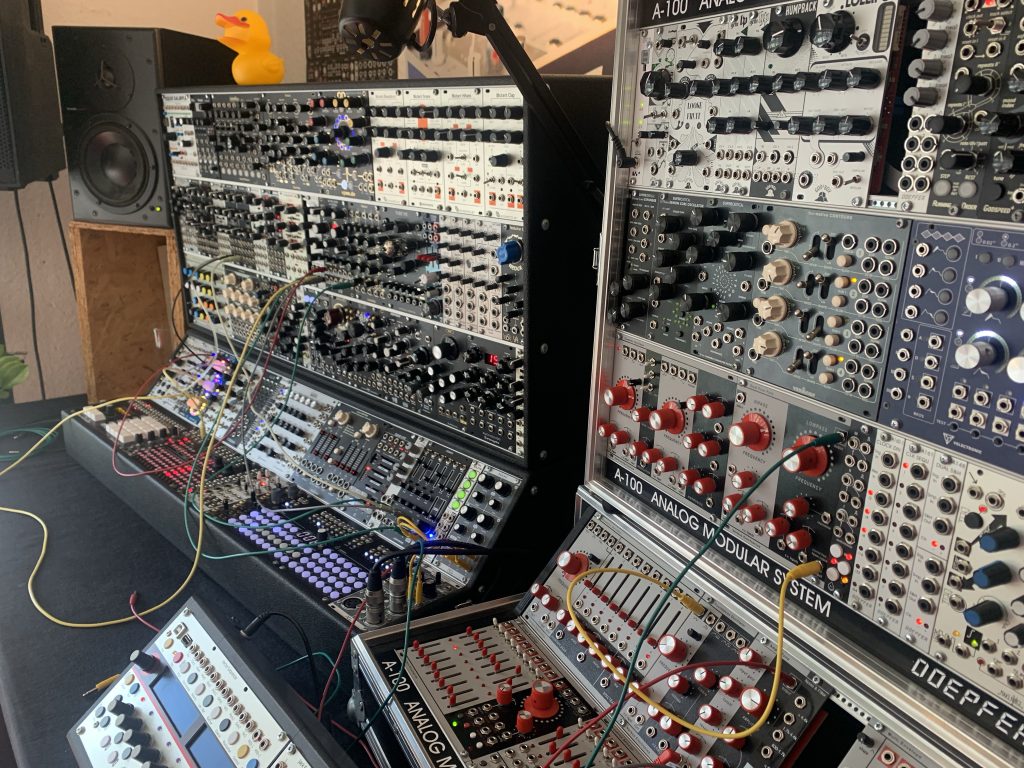Thank you for entering my studio! My name is Saverio, I am an artist, and I hope you feel welcome here.
Untitled Queen described the accessibility features of the Untitled (World) show as “cool and sexy.” Those words echoed many ideas I was building while thinking of art as an inclusive practice. I am looking at accessibility features as a creative material to produce artworks and artistic experiences. I cannot follow speeches without captions, and I was used to frustrating myself with my language barriers; now, I feel those events are boring and mostly annoying.
I want to work to make cool and sexy art. I am approaching the idea of multi-sensorial artistic experiences, offering more than one access point. Traditional categories in art often refer to the sensory information they offer; I am blending several media to create shared experiences that hopefully will not feel exclusive.
I spent most of the last two years working with collective projects, and this residency will allow me to return to my practice. I am dissecting a common ableist stereotype: able-bodied folks often believe that disabled-bodied folks must have developed some hyper-sensing to compensate and be equally productive in a capitalistic society. What if my hearing loss became a hyper-sight? Or a hyper-smell? What are my superpowers? And yours?
Please leave your comments and questions around,
I will be happy to connect with you!
Hugs,
Saverio
♥









